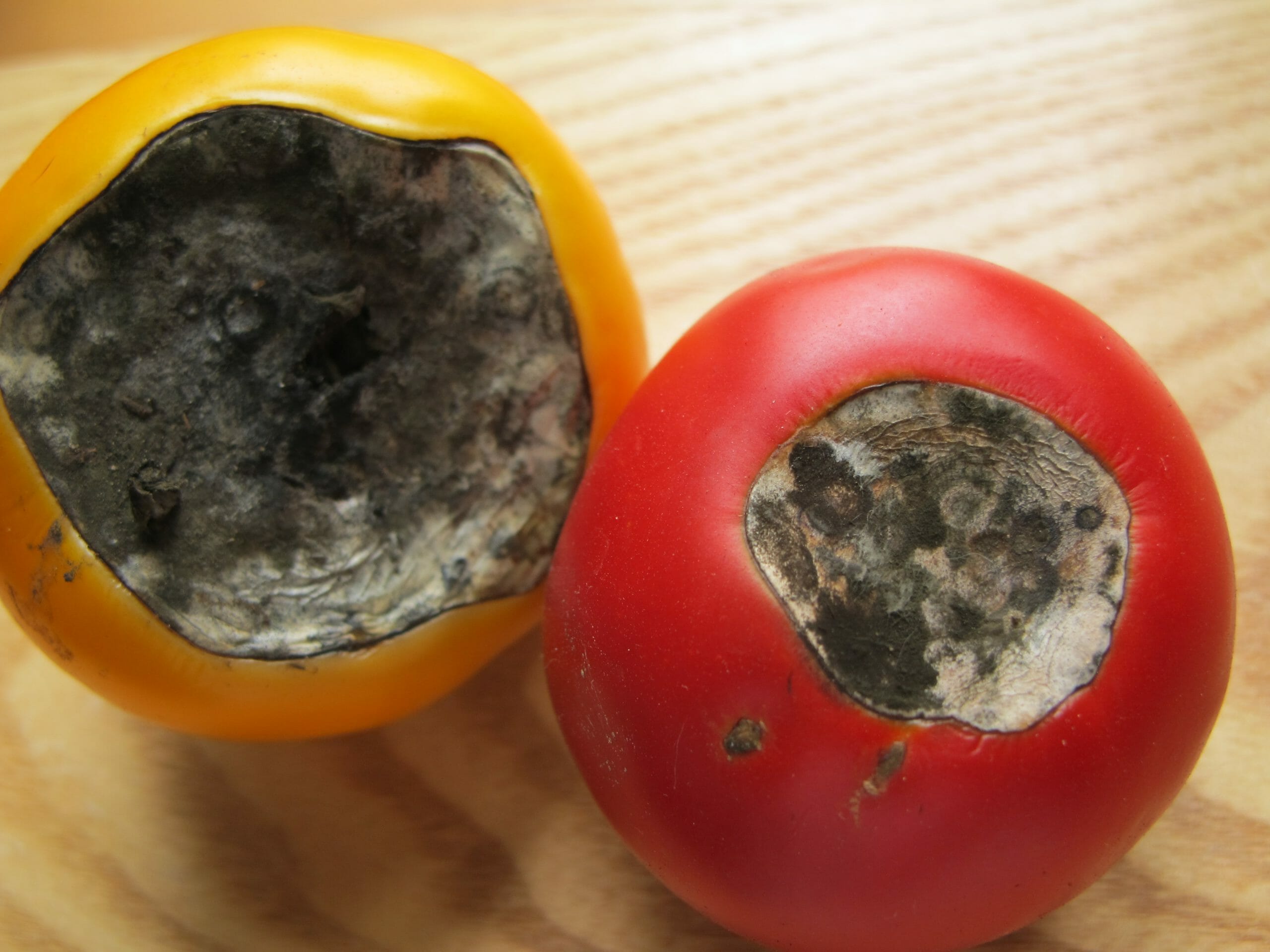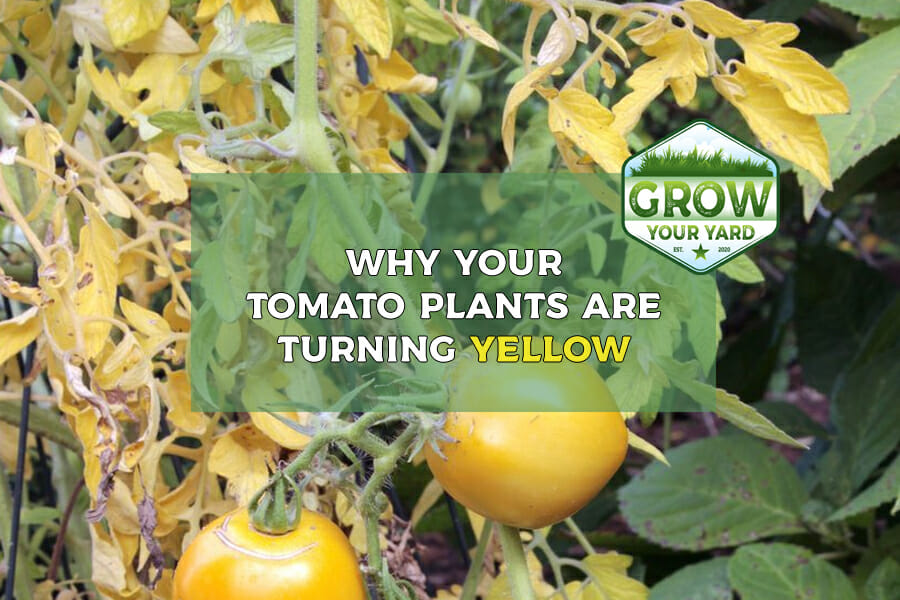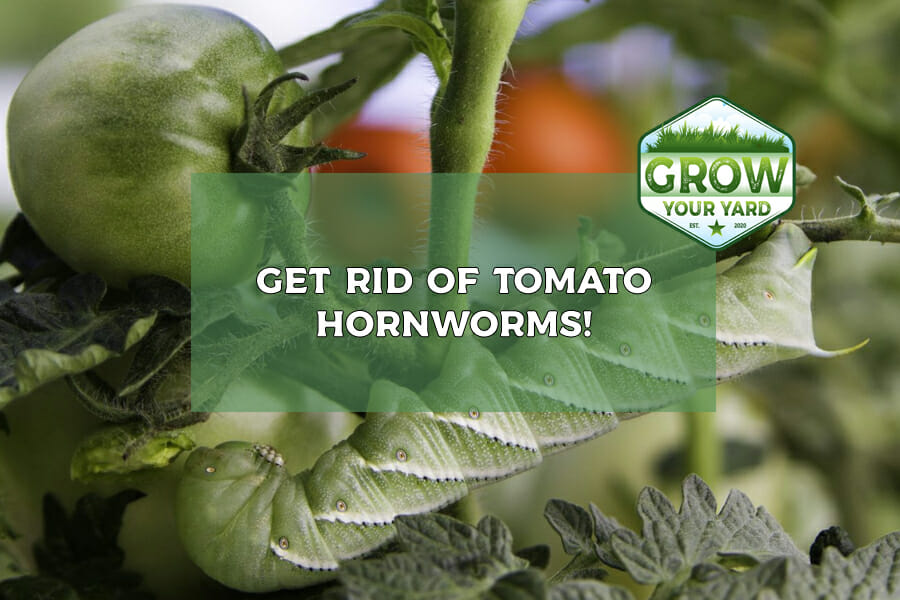Tomatoes are a staple in any gardener’s plot, but have you ever noticed some of your tomatoes have black seeds? Don’t worry; we’ll help you get to the bottom of this mystery and return your tomatoes to their bright red, seedless selves in no time!
Can tomatoes have black seeds? Yes, tomatoes can have black seeds. This is caused by a condition known as blossom end rot and is typically a result of a calcium deficiency in the plant.
Unravel the mysteries behind black seeds in tomatoes, and explore how to thwart their occurrence with this exhaustive guide I’ve put together!
Can Tomatoes Have Black Seeds?
Tomatoes are a beloved fruit (or vegetable, depending on who you ask) known for their bright red color and juicy texture.
They’re often used in various dishes, from salads to sauces, and are a staple in many home gardens.
One thing that many tomato growers may notice, however, is that some of their tomato seeds are black. This can be alarming and may cause some concern, but it’s likely down to one of two things, blossom end rot (BER) or your tomatoes are over-ripe.
Why Do Tomato Seeds Turn Black?
The cause of black seeds in tomatoes will likely be the condition known as blossom end rot.
Blossom end rot takes place when there is a calcium deficiency in the plant, which a lack of calcium in the soil, uneven watering, or fluctuations in soil pH can cause.
The calcium deficiency causes the fruit to rot, starting at the blossom end, and can cause the seeds to turn black.
What is Blossom End Rot?
Blossom end rot is probably the most common problem I come across in tomatoes and it can also occur in other fruits such as peppers, melons, and squash – it’s a real pain!
As mentioned before, it is caused by a lack of calcium in the fruit, which can be due to a lack of calcium in the soil, uneven watering, or fluctuations in soil pH.
As the fruit develops, the lack of calcium causes the tissue at the blossom end of the fruit to die, resulting in a sunken, leathery, or rotten area. This can also cause the seed to turn black.
Treating Blossom End Rot: 6 Steps
Blossom end rot is a common problem among tomato plants, but it can be treated and prevented with a few simple steps. Here is a step-by-step guide to help you treat blossom end rot and prevent black seeds in your tomatoes:
- Step 1: Look for signs of blossom end rot on your tomatoes. This includes sunken, leathery, or rotten areas on the bottom of the fruit. If you notice these symptoms, it’s likely that your plants are suffering from blossom end rot.
- Step 2: Test your soil for pH and calcium levels. A soil pH of between 6.0 and 6.8 is ideal for tomatoes, and a calcium level of at least 200ppm is recommended. If your soil pH is too low or if your calcium levels are too low, this can be a contributing factor to blossom end rot.
- Step 3: Ensure that you are watering your plants consistently and deeply. Avoid fluctuations in soil moisture, as this can cause the plants to absorb too much or too little water. A consistent watering schedule can prevent the calcium from being washed out of the soil.
- Step 4: If your soil lacks calcium, add lime to raise the pH or gypsum to provide calcium. A fertilizer that contains calcium can also be used.
- Step 5: Remove any fruit affected by blossom end rot. This will prevent the rot from spreading to other fruits and will also prevent the formation of black seeds.
- Step 6: Monitor and maintain your plants for signs of blossom end rot and maintain a consistent watering schedule, proper soil pH, and adequate calcium levels.
Following these steps, you can treat and prevent blossom end rot, and enjoy a bountiful harvest of healthy, red, seedless tomatoes. Remember that it’s important to catch the problem early and keep monitoring and maintaining the plants, to have a successful treatment.
Here’s an awesome video on how to get rid of blossom end rot.
Over-Ripened Tomatoes Can Develop Black Seeds
It’s not only a calcium deficiency or uneven watering that can cause black seeds in tomatoes.
An over-ripened tomato can also lead to pesky black seeds!
When a tomato is left to linger on the vine, it can become excessively ripe and start to rot. This may cause its seeds to turn black as part of the decomposition process.
Monitoring your tomatoes’ ripeness is essential to reap their full flavor and vivid color. When you see that they’ve reached their peak, it’s time to harvest them ASAP!
If you notice that some of your tomatoes are over-ripe and beginning to decompose, removing them from the vine is best to prevent the further spread of the rot and black seeds.
It’s essential to be mindful of the storage of your tomatoes. Keep them in a cool and dry place, and remember not to stack them on top of each other.
Overripe tomatoes can cause the others to ripen quickly and cause them to rot and have black seeds as well.
How to Avoid Black Seeds in Your Tomatoes
Giving the plants adequate calcium is important to avoid black seeds in your tomatoes.
This can be done by adding lime to the soil to raise the pH, adding gypsum to provide calcium, or using a fertilizer that contains calcium.
Ideally, maintaining consistent moisture levels and avoiding fluctuations in soil pH can also help prevent blossom end rot and black seeds. I always recommend getting your hands on a soil testing kit to truly understand your soil’s composition.
Are Tomatoes With Black Seeds Safe to Eat?
Tomatoes with black seeds that have been affected by blossom end rot are generally safe to eat as long as the rot is limited to the blossom end of the fruit.
However, if the rot has spread throughout the fruit, don’t eat it!
While the black seeds themselves are not harmful, they can indicate that the fruit has been affected by blossom end rot.
Why do Tomato Seeds Turn Black When Canned?
Canned tomatoes can sometimes be packed with black seeds, which is normal.
This is because the heat of the canning process causes the seed covering to break down and turn black.
The seeds inside canned tomatoes are safe to eat; however, some people may find them unappealing in terms of taste or texture. If you’re not sure, you can easily remove the seeds before eating the tomatoes or tossing them into your salad!
Frequently Asked Questions:
What color should tomato seeds be?
Tomato seeds are generally light tan in color. If you see black or dark brown seeds, this could be an indication of blossom end rot.
Can tomato seeds look like worms?
No, tomato seeds should not look like worms. If you see something that looks like a worm in your tomato, it is likely an insect or pest that has made its home inside the fruit. In this case, get rid of the tomato and examine other fruits for signs of pests before consuming them.
Conclusion
To prevent black seeds, it is vital to provide the plants with adequate calcium, maintain consistent moisture levels, and avoid fluctuations in soil pH.
Although the black seeds are not hazardous, they may indicate that your fruit has been contaminated with blossom end rot. Get rid of any produce where the decay has extended over its entirety for safety reasons; great for fertilizer!!





